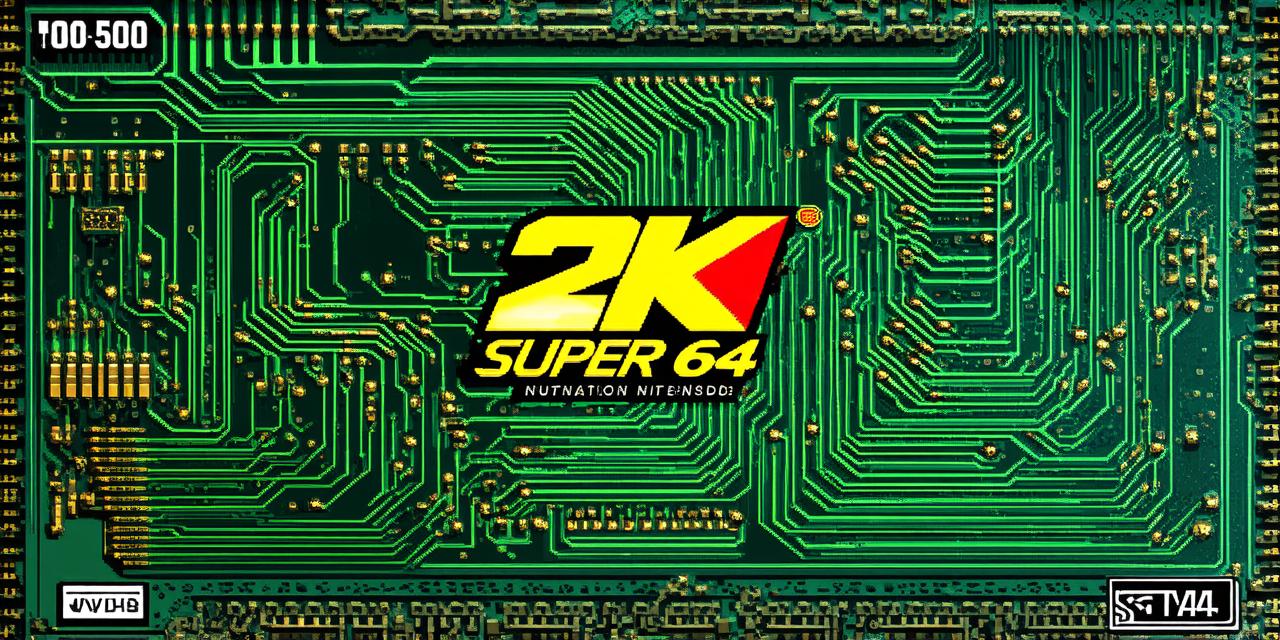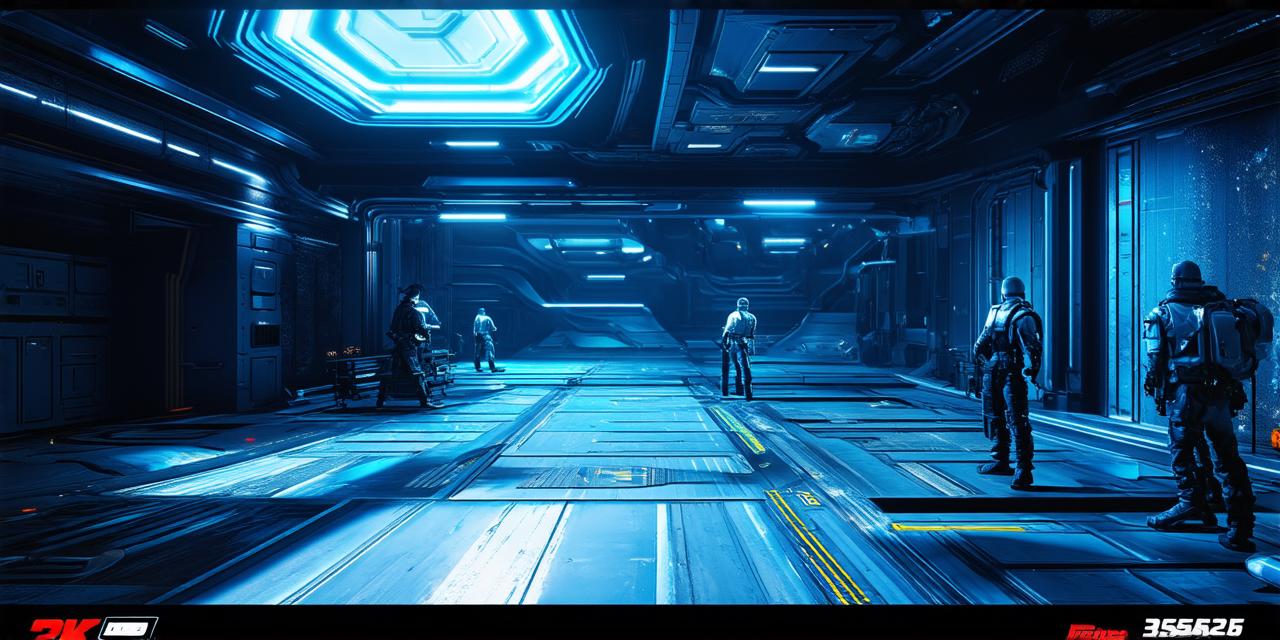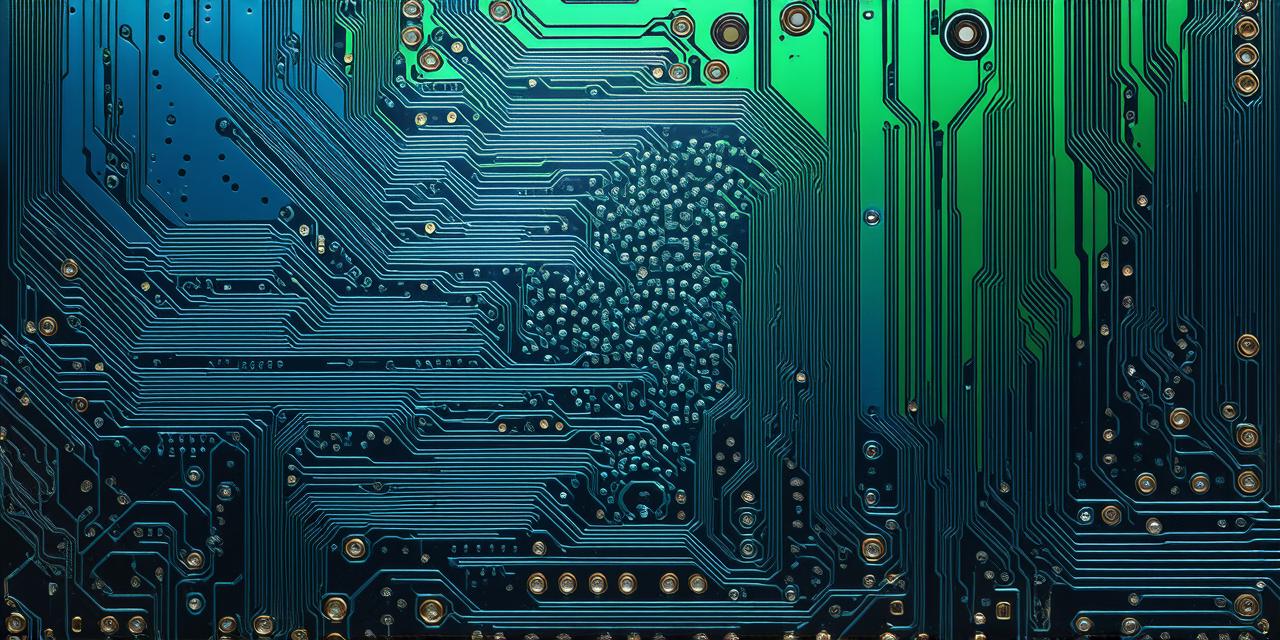Are you looking to create your first game using SDL? Or perhaps you’re an experienced game developer seeking to expand your skills and knowledge of this powerful tool. Either way, you’ve come to the right place! In this comprehensive guide, we will explore everything from the basics of SDL to advanced techniques for creating engaging games.
Introduction
SDL, or Simple DirectMedia Layer, is a software development library that provides a set of tools for developing video games and other multimedia applications. First released in 2001, SDL has since become one of the most popular and widely-used game development libraries in the world. In this guide, we will cover everything you need to know to get started with SDL game development, including installation, basic programming concepts, and advanced techniques for creating engaging games.
Installing SDL
Before you can start using SDL in your projects, you’ll need to install it on your computer. The process varies depending on your operating system:
- Windows: Download the latest version of SDL from the SDL website and follow the installation instructions provided.
- macOS: Install SDL using Homebrew by running
brew install sdl2in your terminal. - Linux: Most modern Linux distributions include SDL in their package managers. You can install it using your distribution’s package manager (e.g.,
apt-get install libsdl2-devon Ubuntu).
Once you have installed SDL, you can start writing code that uses the library. Here’s a simple example of how to create a window and display text using SDL:
c++include <SDL2/SDL.h>
int main(int argc, char argv[]) {
// Initialize SDL
if (SDL_Init(SDL_INIT_VIDEO) != 0) {
std::cerr << "Error initializing SDL: " << SDL_GetError() << std::endl;
return 1;
}
// Create a window
SDL_Window window = SDL_CreateWindow("SDL Example", SDL_WINDOWPOS_CENTERED, SDL_WINDOWPOS_CENTERED, 640, 480, SDL_WINDOW_OPENGL);
if (!window) {
std::cerr << "Error creating window: " << SDL_GetError() << std::endl;
return 1;
}
// Set up rendering context
SDL_Renderer renderer = SDL_CreateRenderer(window, -1, SDL_RENDERER_ACCELERATED | SDL_RENDERER_PRESENTVSYNC);
if (!renderer) {
std::cerr << "Error creating renderer: " << SDL_GetError() << std::endl;
return 1;
}
// Set the render color to white
SDL_SetRenderDrawColor(renderer, 255, 255, 255, 255);
// Clear the rendering target to the color specified above
SDL_RenderClear(renderer);
// Render text
SDL_Surface textSurface = TTF_RenderText_Solid(font, "Hello, world!", textColor);
if (!textSurface) {
std::cerr << "Error rendering text: " << SDL_GetError() << std::endl;
return 1;
}
// Copy the surface to the screen
SDL_RenderCopy(renderer, textSurface, NULL, &textRect);
// Update the window with the new frame
SDL_RenderPresent(renderer);
// Wait for a key press before quitting
SDL_Event event;
while (SDL_PollEvent(&event)) {
if (event.type == SDL_QUIT) {
return 0;
}
}
return 0;
}
This code initializes SDL, creates a window, sets up a rendering context, clears the rendering target to white, renders some text, and updates the window with the new frame. You can modify this example to suit your needs and create more complex games or applications.
Handling User Input
One of the most common tasks in game development is handling user input, such as keyboard and mouse events. SDL provides a number of functions that can be used to detect these events, including:
SDL_PollEvent: Polls for any pending events and updates the event queue.SDL_GetEvent: Retrieves the next event from the event queue and returns its type and data.SDL_FilterEvents: Filters events based on their type and data.
Here’s an example of how to use these functions to handle keyboard input in your program:
c++
bool quit = false;
while (!quit) {
SDL_Event event;
if (SDL_PollEvent(&event)) {
switch (event.type) {
case SDL_QUIT:
quit = true;
break;
case SDL_KEYDOWN:
switch (event.key.keysym.scancode) {
case SDL_SCANCODE_UP:
// Handle up key press
break;
case SDL_SCANCODE_DOWN:
// Handle down key press
break;
// Add more cases for other keys
}
break;
// Add more event types as needed
}
}
}
In this example, we use a while loop to continuously poll for events. When an event is detected, we use a switch statement to check its type and data. In this case, we are handling the SDL_QUIT event to quit the program and the SDL_KEYDOWN event to handle key presses.
Drawing Shapes
Another important task in game development is drawing shapes on the screen. SDL provides a number of functions that can be used to draw lines, circles, triangles, and other shapes, including:
SDL_RenderDrawLine: Draws




